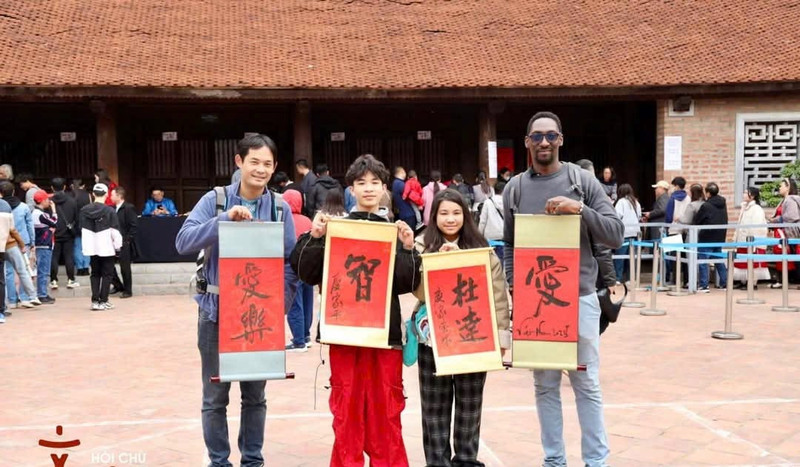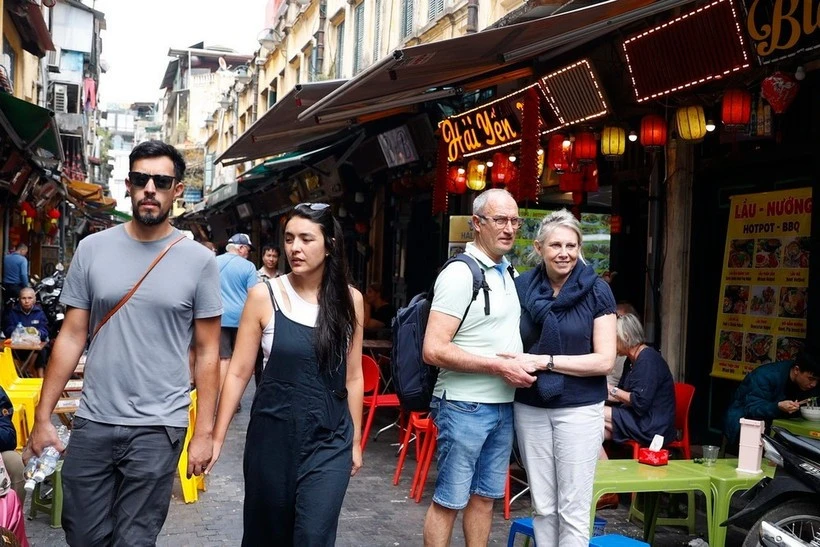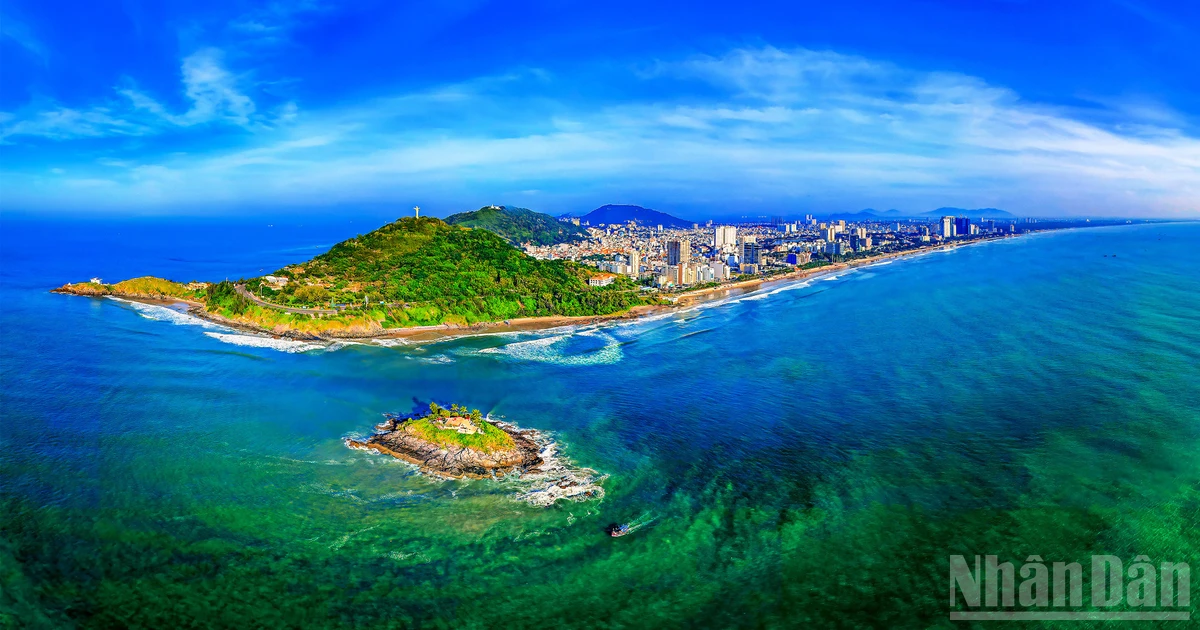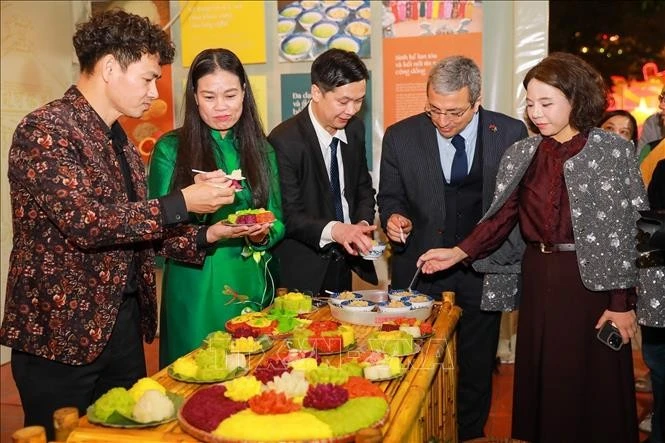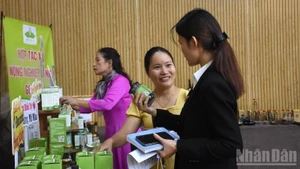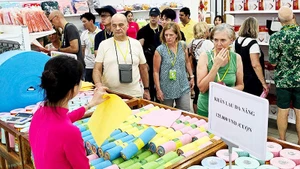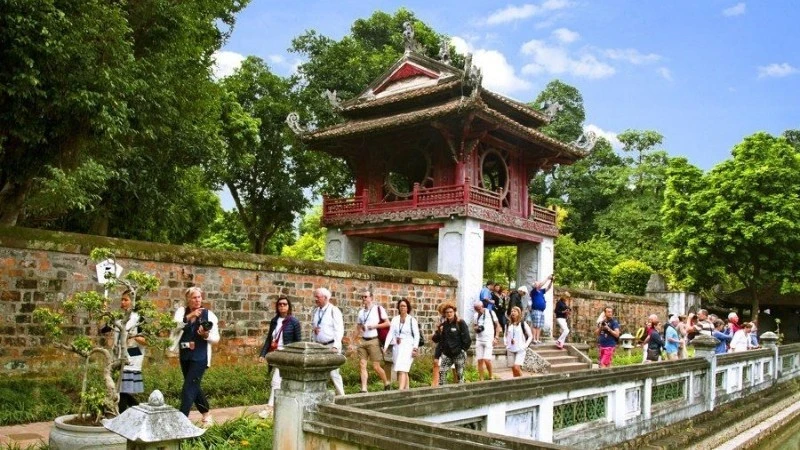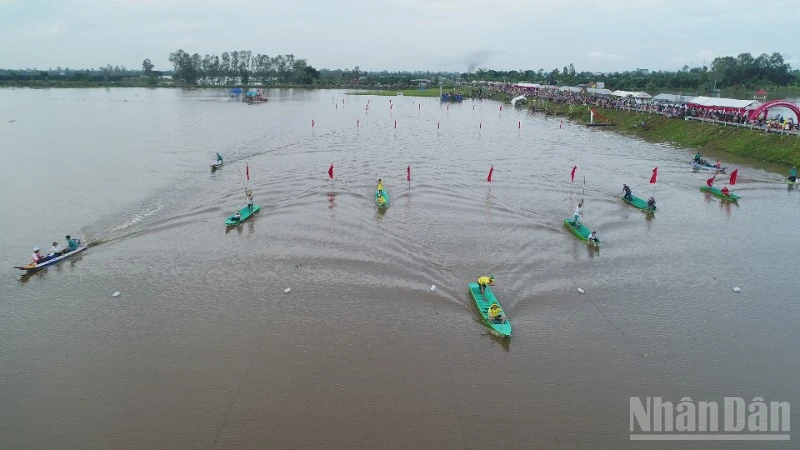According to the Vietnam National Authority of Tourism, as of November 2024, Vietnam welcomed over 15.8 million international visitors, marking a 41% increase compared to the same period in 2023. The largest international visitor markets included the Republic of Korea (RoK), China, Taiwan (China), Japan, the US, India, Malaysia, Cambodia, Australia, and Thailand. Notably, air travel remained the dominant mode of arrival, accounting for over 1.4 million visitors, followed by land crossings (277,000) and sea arrivals (32,000).
In response to these trends, the Institute for Brand and Competitiveness Strategy (BCSI) and relevant agencies recently hosted a forum on air logistics services for destination branding in Vietnam, focusing on strategies to attract and retain international visitors.
At the event, Vo Huy Cuong, former Deputy Director of the Civil Aviation Authority of Vietnam, highlighted high airfares as a major tourist obstacle. He emphasised the need for stronger collaboration among airlines, travel agencies, and regulatory bodies to develop attractive travel packages. Additionally, investments in highways, high-speed rail, and other transportation infrastructure were identified as key to diversifying travel options and strengthening Vietnam’s tourism industry.
"Aviation is not just a bridge connecting tourists to destinations, it is also a key channel for promoting Vietnam’s tourism brand. It plays a crucial role in shaping the visitor experience from arrival to departure and encouraging repeat visits—especially among international tourists", noted Dr Le Tuan Anh, Head of the Faculty of Tourism Management and International Languages at Hanoi University of Culture. He further stressed that beyond airfare, service quality is a critical factor in boosting local tourism. This quality is reflected in hospitality, cultural experiences, cleanliness, security, safety, and well-planned itineraries.
With increasing global competition for international tourists, Vietnam is leveraging its strategic strengths to enhance its attractiveness. Tycoon Nguyen Ngoc, a startup consultant at the University of Labour and Social Affairs, highlighted that Government policies and directives have been instrumental in Vietnam’s tourism sector's recent successes. In addition, streamlined visa policies have made travel easier for international visitors. Breakthrough marketing and promotional campaigns targeting key tourism markets are important drivers in attracting and retaining international visitors.
Many experts agree that innovation in content and promotional methods has been key to Vietnam’s tourism recovery. Notable improvements include targeting key markets with a focus on the comprehensive strategic partners of Vietnam; diversified promotional approaches—including roadshows, cultural tourism festivals, international trade fairs, and investment conferences; expanding the scale of promotional programmes; public-private partnerships (PPP) leveraging social resources to enhance outreach; promoting diverse tourism experiences, especially new and trend-driven products tailored to visitor demand.
In an interview with Nhan Dan Weekly reporter following a working session with the Tourism Bureau of Kaohsiung City Government in Taiwan (China), Nguyen Nguyet Van Khanh, Marketing Director of Vietravel, stated that despite numerous challenges after the COVID-19 pandemic, Vietnamese travel businesses, including Vietravel, have been actively fostering connections and promoting tourism with various partners. "We have launched tours from Vietnam to Taipei, Taichung, and Kaohsiung in Taiwan (China) and vice versa, with a commitment to accompanying travellers and international partners in pursuit of sustainable tourism development," the Vietravel representative affirmed.
For Vietnam’s tourism industry to take off and achieve breakthroughs, the role of international partners is indispensable. In an interview with Nhan Dan Weekly, Kao Min-Lin, Director of the Tourism Bureau of Kaohsiung City Government, stated that recent meetings have provided opportunities for stakeholders to share experiences and ideas, aiming to develop diverse tourism products that cater to the growing demands of travellers. "We highly value the development of cooperation with Vietnam. Hopefully, soon, Vietnam will welcome more visitors from Taiwan (Chian), and Kaohsiung City also looks forward to seeing Vietnamese tourists return to explore and experience our attractions", she stressed.
In line with the resolutions of the Party Central Committee, the Government, and the Prime Minister’s directives on tourism development, the industry has recently focused on promoting and marketing Vietnamese tourism in key markets, such as the United States, China, the RoK, Russia, France, and Australia. At the same time, it has leveraged technological advancements to enhance the promotion of Vietnam’s tourism on digital platforms, reaching a global audience.
However, attracting international tourists and encouraging them to return is a concerted effort across multiple sectors. It is essential to swiftly address existing shortcomings and prevent issues such as overcharging, inappropriate behaviour, environmental hygiene concerns, and legal violations from recurring. While Vietnam boasts breathtaking landscapes and rich cultural heritage, retaining visitors for the long term depends on the collective responsibility of every citizen—each serving as a tourism and cultural ambassador for the country.
By 2025, Vietnam's tourism industry aims to welcome 22–23 million international visitors, demonstrating a strong commitment to unlocking its full potential. With this determination, tourism is set to become a key economic driver, propelling the nation forward on the global stage.
